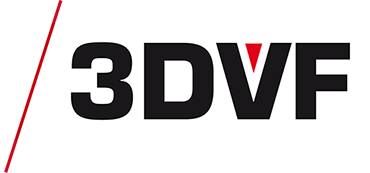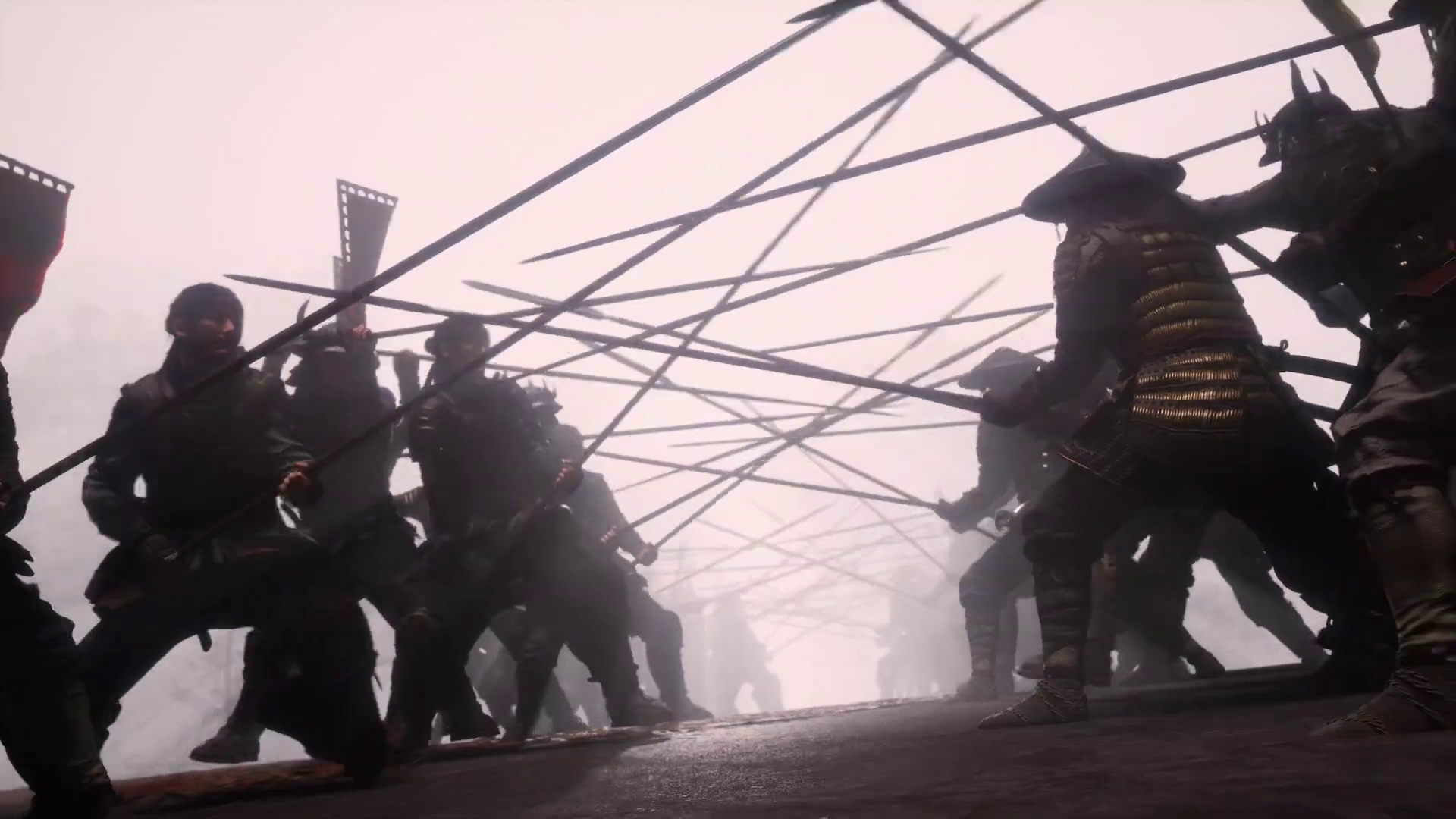This article is also available in:
![]() Français
Français
3DVF loves interviewing studios working in very diverse fields. Following our interviews with Unit Image (game cinematics and their plans for the future, including animated films/series), RISE (the VFX of Fallout), and Illumination (Despicable Me 4), we invite you to dive into documentaries. Pôle Nord Studio, a company located in France, reveals its secrets and how their team has infused a cinematic aspect into their work.
In this interview: historical battles, tardigrades, the history of Paris, as well as music videos and VR! Pôle Nord Studio discusses their use of Unreal, their strategy. Last, but not least, we asked them about the current state of the CG market for documentaries: is there a crisis, like in most of the VFX animation industries?
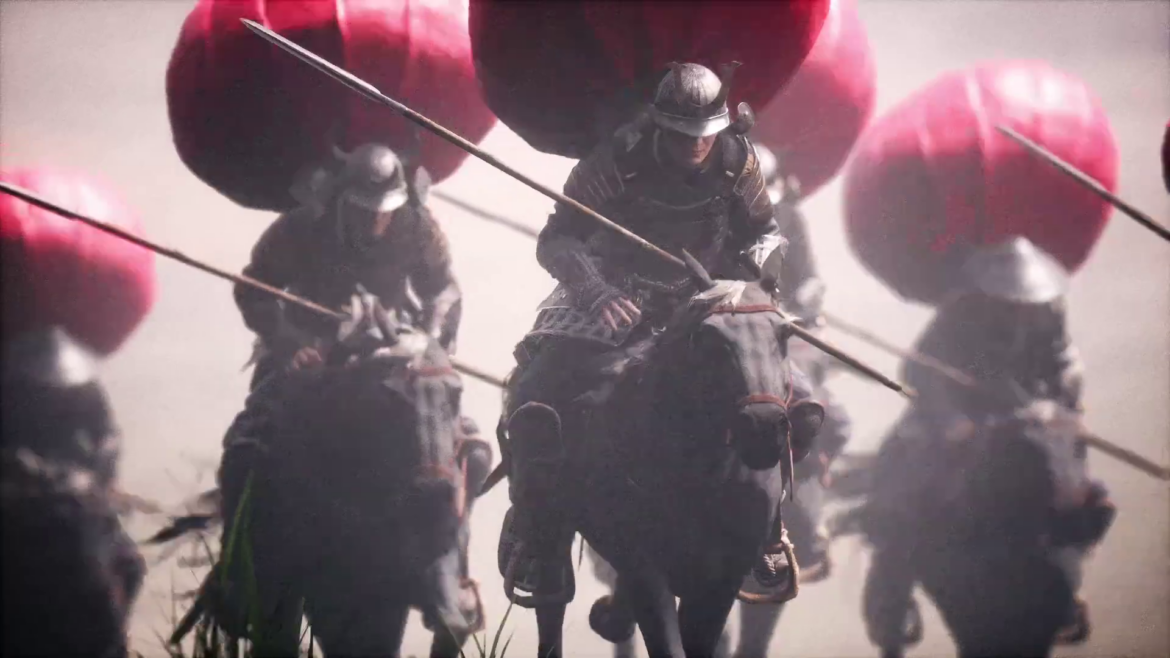
3DVF: Hello Pôle Nord Studio! You primarily specialize in creating animations, reconstructions, and visualizations for documentary films and series.
Why did you decide to target to this market?
Pôle Nord Studio: Three years ago, we realized that with the rise of streaming and the acceleration of international documentary production, the documentary format needed to evolve, sometimes even reinvent itself. Expectations are higher regarding both aesthetics and storytelling, which increasingly aligns with fiction standards while aiming to convey real facts. In this context, CGI adds value, both visually and in enhancing the entertaining aspect of content.
Having previously worked on very diverse projects involving graphic designers, animators, and audiovisual professionals (directors, cinematographers, composers, etc.), the documentary market was perfect for bringing these two areas together, enriching each other, thanks to the vast exploration fields offered by Unreal Engine.
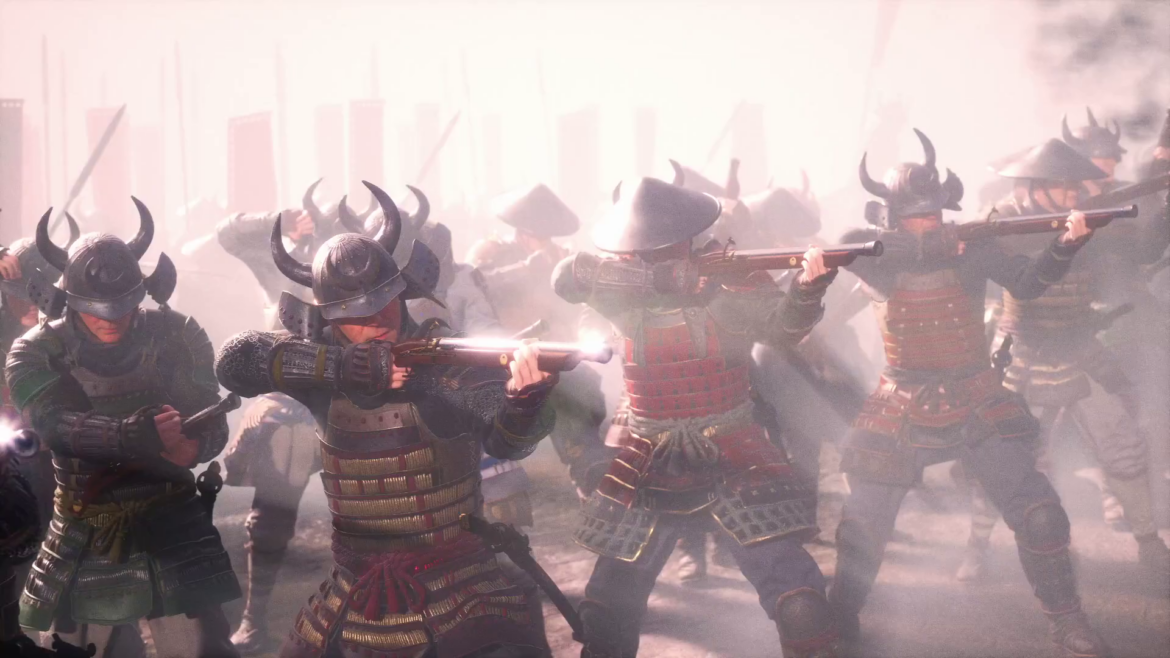
3DVF: You emphasize the cinematic aspect of your animations to differentiate yourself from other studios targeting the same market. How does this translate into your projects?
You work for different producers on documentaries broadcast on channels with varying editorial lines: do you adjust the cinematic aspect according to the client?
Unreal Engine has allowed us to get closer to characters and immerse ourselves in realistic environments, which we had distanced ourselves from for technical reasons for a long time.
Moreover, regarding the cinematic aspect, it’s not so much about “adjusting” but rather adapting to different directorial expectations; a broadcaster, according to their editorial line, might prefer the illustrative aspect or the slower parts of the story told in 3D, while another might focus on action and intense battle scenes. It’s all about vision, just like in a feature film!
3DVF: Let’s talk a bit about your ongoing projects. After Season 2 of “Battles of Legend” (for which you managed over a thousand shots!), you are working on Season 3. In parallel, the team is busy with “Pharaohs at War”. What are the challenges for these two documentary series? For these types of projects, who are your interlocutors, and what is the balance between client demands versus creative freedom?
“Battles of Legend“ was a great springboard for our experiments. We had already played with the combo of UE, Metahuman, and motion capture for Koudlam’s “Precipice Fantasy” video (Editor’s Note: see video above). The creative freedom we discovered with real-time technology has been phenomenal—a radical shift in our way of working and viewing shots. We implemented a workflow closer to cinema than animation or motion design. “Battles of Legend” was a big dive into industrial production. The big advantage for graphic designers is that they are no longer confined to a single task and participate in almost every step of sequence creation.
We work with directors who know their historical and scientific subjects very well but are not necessarily inclined to use CGI in their films. They are therefore very keen on the artistic proposals we can make.
From a technical standpoint, the challenge for these two series is to push the quality of our renders further while providing a coherent direction according to each episode’s script, which includes sequences that are more or less complex to realize.
We have entered into an “industrial” logic that requires us to agree in advance on a common vision of what can be created with directors and producers and work in a much more collaborative manner at each stage of production. The key is to both serve the artistic intention of the directors while maintaining a common identity throughout the documentary series. We are far from being mere executors on these types of projects, almost embracing a role as executive producers: we develop a turnkey art direction for the entire series, including titles, define the staging and frame values, with Unreal allowing us to generate a large volume of rushes with very varied shots and movements.
3DVF: Pôle Nord Studio relies heavily on Unreal Engine. What are the pros and cons on your end? What do you think of MetaHuman for your characters?
Additionally, you have recently received approval from the CNC (an agency of the French Ministry of Culture, responsible for the promotion of cinematic and audiovisual arts in France) for a grant intended for your research and development: how will this money be invested, and what improvements do you hope to implement?
Unreal Engine has allowed us to gradually set up a simplified pipeline, starting with the creation of MetaHumans, which gives us pre-setup, pre-rigged characters with a very realistic rendering, especially for faces. Furthermore, we no longer create storyboards or layouts, allowing us to spend more time on staging and framing, with UE’s previsualization offering more artistic choices—in the staging and framing of our assets.
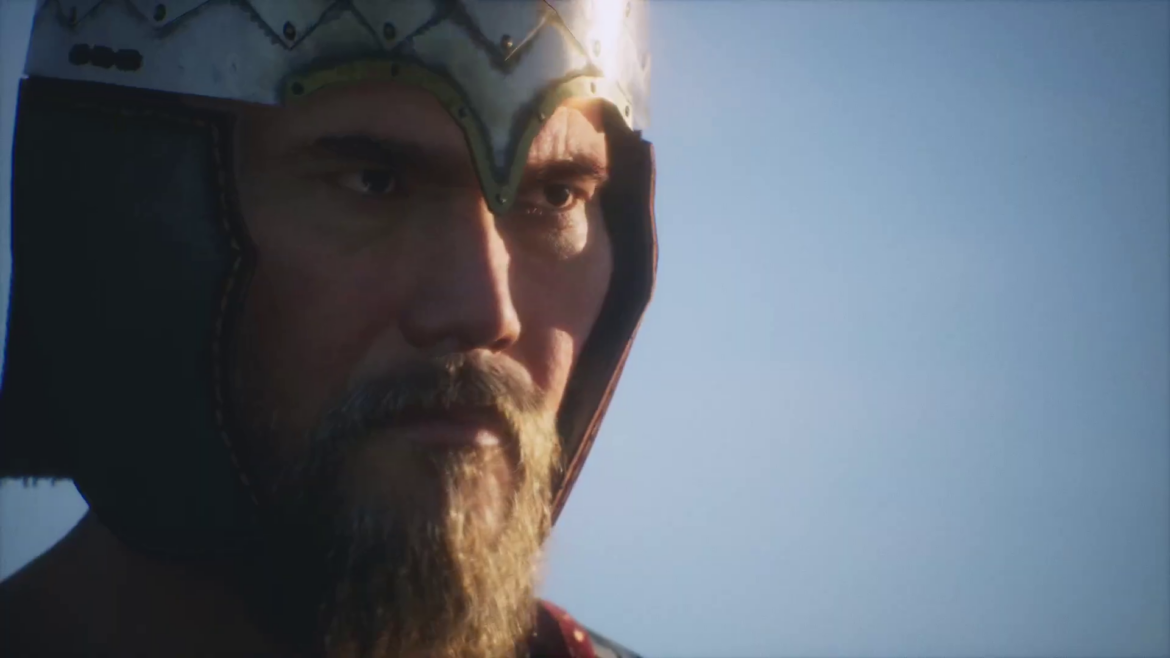
We face significant technical challenges, notably due to the vast number of assets, which involves progressively addressing various constraints (animation collisions, bugs) on software that is still experimental. In this regard, the grant we received will be used for various research and development aspects, ultimately aiming for a replicable pipeline in UE across all our productions. Our goal is to improve several key points: MetaHumans with simultaneous iterations of components (clothing, accessories) and animations on many characters at once, implementing tools to manage crowds in UE, and finally optimizing renders and post-production.
The CNC grant allows us to advance our research already started last year, and this financial support enables us to adapt tools and immediately put them into production. Our graphic designers are too pressed for time to conduct experiments during production. A developer is also joining the team to help adapt tools that are difficult to use in Unreal’s Cinematic mode.
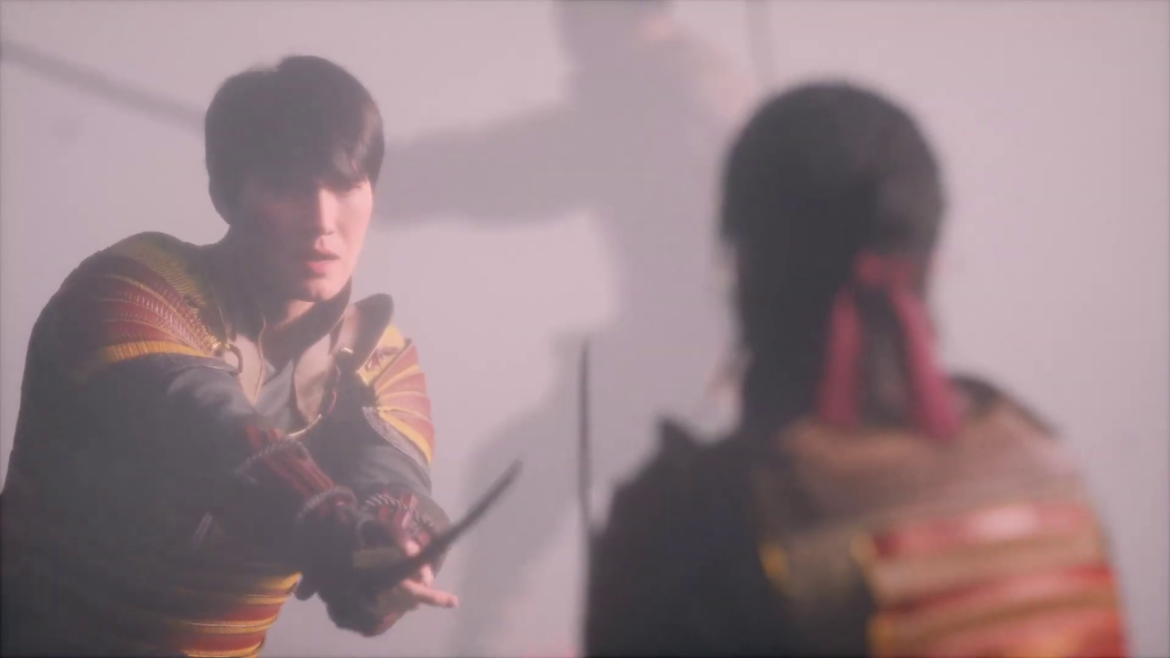
The use of Unreal without a developer at our level becomes impossible, given the frequent bugs, and tools are still adapted to video games and not yet fully tailored for Cinematic mode (rendering). Between Season 2 and 3 of “Battles”, we changed rendering engines three times, moving from Lumen to Raytrace, then back to Lumen after abandoning Raytrace.
Since the community is not yet very developed, we must find solutions largely on our own, but this will change quickly given the enthusiasm for these types of tools.
3DVF: Despite this clear preference for Unreal, you also use a traditional pipeline for some projects: why? And a few words on your VR activities under Unity, such as the immersive show #WhiteOut?
In the French documentary market, the demand is still mainly focused on architectural or scientific reconstructions, with assets to model requiring high precision. Therefore, for these types of projects, we primarily use 3ds Max, where we have developed our expertise (point clouds, photogrammetry).
If we don’t have large scenes requiring many assets, working on software like Blender or 3ds Max is still very relevant, especially for motion design with tools like Tyflow that have no equal on Unreal Engine. Additionally, these tools are highly effective in production and very stable.
Using Unreal today is like starting with 3ds Max 1.2—it’s a mix of exhilaration and pain with the results we get daily. But that’s part of our job.
Moreover, we keep a margin each year for more experimental projects, mostly funded by the CNC. This year, we had the opportunity to work on a VR piece adapting a Damasio short story for theater by Compagnie du Clair-Obscur. The idea was to inject memories into the viewers via VR headsets. To achieve this, we worked with point clouds generated through photogrammetry, which we animated in Unity. We have been working with Unity’s VFX Graph for several years, which is a real gem for motion designers and is very easy to use.
3DVF: The studio was founded in 2011. How has Pôle Nord Studio evolved over the years? How is the company organized today? And what about your branch in Marseille, in the South of France? Do you allow remote work? Finally, what is the typical size of a team for a documentary series like “Battles of Legend”?
When founded in 2011, Pôle Nord was initially a collective of independents working on very diverse projects, including institutional, museum, live performance, architecture, and also music videos. This led to sometimes very hybrid collaborations (ranging randomly from 2 to 6 people), not only involving graphic designers or animators but also directors, developers, composers, artists. As a result, by working with different sensibilities, we developed a way of thinking that finds full coherence between content and form, avoiding getting trapped in labels of “technicians” or “aesthetes.”
It was in 2021, after my meeting with Klaus Singer, a German 3D artist already using Unreal Engine, that we decided to first collaborate and explore all the engine’s possibilities, then give a new impetus to Pôle Nord through various projects (Koudlam, “Battles of Legend”). It was at the launch of Battles of Legend that we decided to establish senior profiles and bring in junior profiles, whom we trained in Unreal and transitioned from interns to freelancers, with the oldest of them now working full-time with us on a permanent contract. In 2023, we had an average of 10 people on “Battles of Legend”, and we are at the same number this year.
Produced by CAPA TV.
Regarding telecommuting, it primarily applies to supervisors who do not require heavy 3D engines, splitting their time between remote work and on-site work, and some freelancers (art directors, production managers, 3D animators). For the rest, our operational teams are mainly on-site, with occasional remote work enabled by a VPN providing direct access to our shared server.
Finally, this year we opened offices in Marseille, with a team led by a 3D production manager, to integrate more projects and streamline our organization. The Marseille team is specialized in architectural projects and set design, complementing the Parisian team, which handles Motion Design and animation.
3DVF: One last question. The animation and visual effects industries are in crisis, for various reasons such as streaming services wanting to spend less, and the consequences of the strikes that took place in Hollywood. What about documentaries? And for artists seeking employment: what qualities are sought by companies like Pôle Nord Studio?
The documentary sector is undergoing restructuring, with large groups absorbing small or medium companies, which are increasingly shifting towards more hybrid and less traditional content. Independent companies are faced with a choice: either reinvent themselves, innovate their content towards ambitious editorial lines or platforms, or stick with the same model and scale back in terms of themes, production types, etc., adapting to the editorial lines of specialized TV channels.
We cannot say that the sector is booming, but there is growing demand from viewers for documentaries with 3D animations and motion design.
Naturally, it is with these innovative production companies that we collaborate most, often sharing a better understanding of technologies, from 3D to AI, allowing for a shared artistic vision.
Regarding artists, we primarily seek graphic designers with strong artistic and cinematic culture and a great willingness to venture into still largely unexplored fields. We enjoy working with curious and creative profiles and find many very interesting candidates!
3DVF: Thank you, Pôle Nord Studio, for these answers!
For more information
- Pôle Nord Studio’s profile in our studio directory.
- The company’s official website.
- To stay updated on our upcoming articles, interviews, videos, be sure to follow us on social media: Facebook, X/Twitter, Instagram, LinkedIn, and YouTube.
